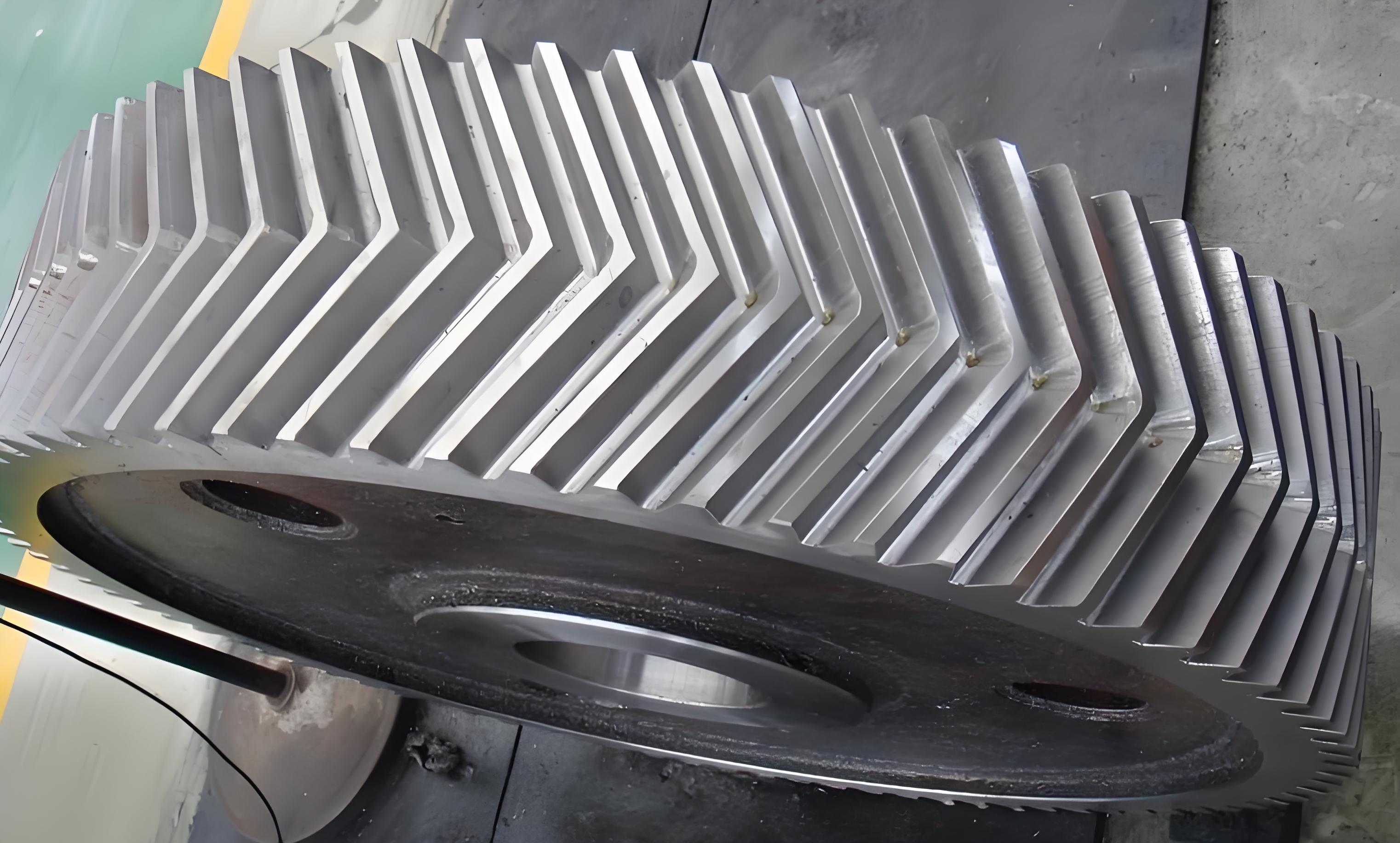Abstract
High-speed herringbone gear transmission systems are widely utilized in industries such as energy, petrochemicals, and aerospace due to their advantages of low meshing impact, stable torque transmission, and high load capacity. However, as machinery trends towards higher speeds, accuracy, and reliability, the demand for optimizing the dynamic performance of these systems increases. This paper focuses on the dynamic excitation calculation methods, establishes a flexible multibody system dynamics simulation model, and proposes a robust optimization design approach for high-speed herringbone gear transmission systems.

- Introduction
- Background and Significance
- Research Status
- Main Research Contents
- Dynamic Excitation Characterization of High-Speed Herringbone Gear Transmission Systems
- Contact Line Length Analysis of Herringbone Gear Pair
- Time-Varying Meshing Stiffness Analysis
- Transmission Error
- Tooth Flank Clearance
- Bearing Support Stiffness and Damping
Table 1: Key Dynamic Excitation Parameters
| Parameter | Description | Calculation Method/Software Used |
|---|---|---|
| Contact Line Length | Length of the contact line between gear teeth | Analytical method |
| Time-Varying Meshing Stiffness | Variation of meshing stiffness over time | Energy method, Finite Element Method |
| Transmission Error | Deviation from the theoretical transmission ratio | Harmonic function simulation |
| Tooth Flank Clearance | Minimum and maximum gap between gear teeth | Displacement analysis |
| Bearing Support Stiffness and Damping | Rigidity and damping of the bearing support | DyRoBeS software |
- Dynamic Modeling and Vibration Characteristics Analysis of High-Speed Herringbone Gear Transmission Systems
- Flexible Multibody Dynamics Theory
- Modal Analysis of Gearbox
- Critical Speed Analysis of Gear Rotor System
- Resonance Point Identification Principles
- Vibration Characteristics Analysis
Table 2: Resonance Point Identification Principles
| Principle | Description |
|---|---|
| Frequency Principle | Identify resonance points based on natural frequencies of the system |
| Damping Principle | Assess the damping ratio to determine the resonance severity |
| Energy Principle | Analyze energy distribution to identify potentially harmful resonance points |
- Robust Optimization Design of Dynamic Performance for High-Speed Herringbone Gear Transmission Systems
- Basic Theory of Robust Optimization Design
- Establishing the Objective Function
- Constructing the 6σ Robust Optimization Design Model
- Sensitivity Analysis and Response Surface Analysis
- Optimization Process and Results
Table 3: Design Variables and Their Initial Values
| Variable Name | Description | Initial Value | Range | Distribution Type |
|---|---|---|---|---|
| x1 (Box Cover Thickness) | Thickness of box cover | 14 | 9~19 | Normal |
| x2 (Box Body Thickness) | Thickness of box body | 24 | 19~29 | Normal |
| x3 (Box Base Thickness) | Thickness of box base | 14 | 9~19 | Normal |
| x4 (Reinforcing Plate Thickness) | Thickness of reinforcing plate | 10 | 5~15 | Normal |
| x5 (Small Block Thickness) | Thickness of small block | 24 | 19~29 | Normal |
| x6 (Internal Support Plate Thickness) | Thickness of internal support plate | 24 | 19~29 | Normal |
| x7 (Crossbeam) | Length of crossbeam | 90 | 80~100 | Normal |
Table 4: Vibration Acceleration Reduction After Optimization
| Evaluation Point | Direction | Reduction Rate (%) |
|---|---|---|
| 3 | X-direction | 45.2 |
| Y-direction | 33.7 | |
| Z-direction | 30.4 | |
| 4 | X-direction | 42.6 |
| Y-direction | 41.1 | |
| Z-direction | 26.1 |
- Experimental Verification of High-Speed Herringbone Gearbox
- Optimized Gearbox Prototype Manufacturing
- Vibration, Temperature Rise, Power Consumption, and Noise Testing
- Experimental Results and Analysis
Table 5: Experimental Results
| Parameter | Value |
|---|---|
| Radial Shaft Vibration (Max) | 19.1 μm |
| Single-Stage Transmission Efficiency | 98.86% (above 98.5%) |
| Gearbox Vibration Acceleration | Overall low, meeting project requirements |
| Temperature Rise | Meeting design requirements |
| Noise | Meeting design requirements |
Conclusion
The dynamic excitation characterization, established a dynamic simulation model, conducted vibration characteristics analysis, and proposed a robust optimization design method for high-speed herringbone gear transmission systems. Significant reductions in vibration acceleration were achieved, and the optimized gearbox prototype met all design requirements in experiments. However, future research should consider additional factors such as tooth surface friction, thermal deformation, and joint stiffness to further improve model accuracy. Additionally, more uncertainty parameters need to be incorporated into the robust optimization design.
